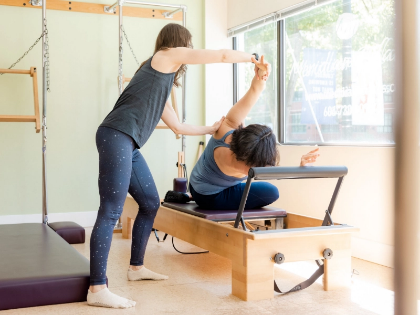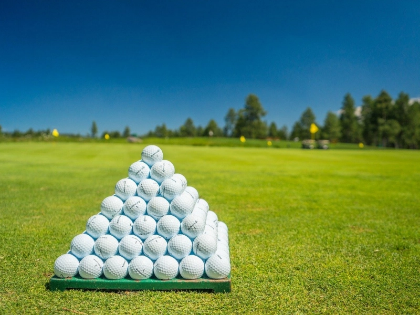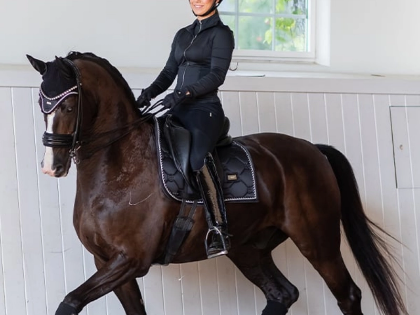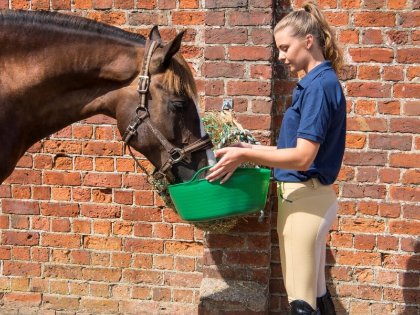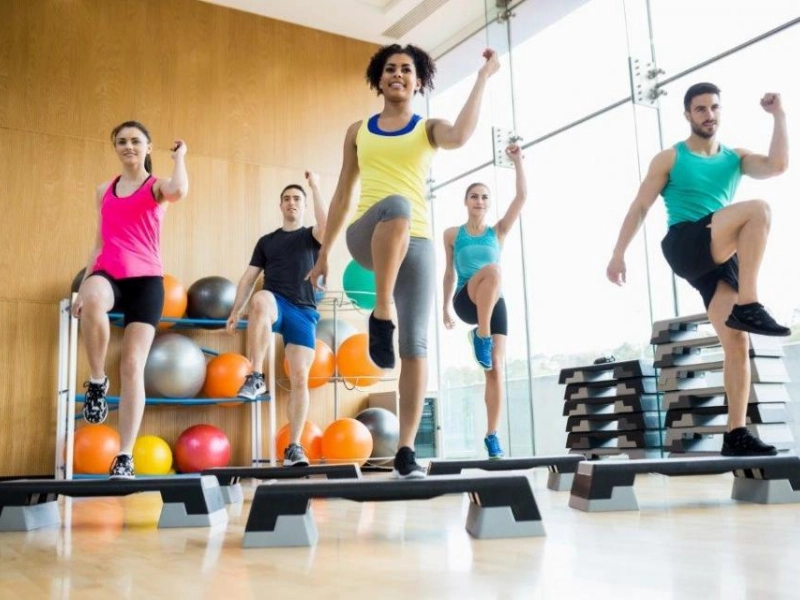Pilates Balance Improvement: Methods for Enhanced Stability
Pilates, sometimes referred to as contrology, is a body awareness and balance improvement technique that strengthens the muscles of the core. Additionally, it aids in the correction of imbalances that raise the danger of falling and cause a loss of balance, such as when overdeveloped muscles compensate for weak ones. In a recent study, the limits of stability and fall risk were enhanced in older persons who participated in a 12-week regular Pilates training program. You might be surprised by the outcomes!
1. Pay attention to your feet.
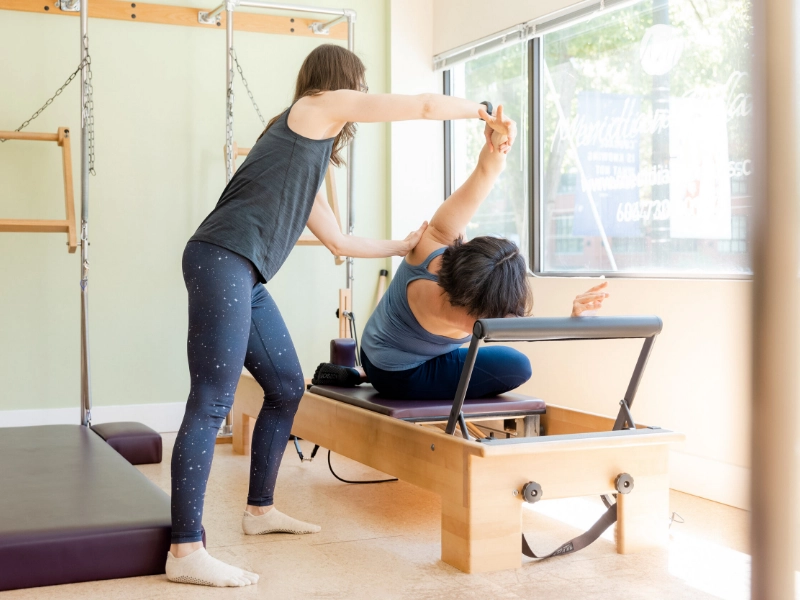
2. Inhale
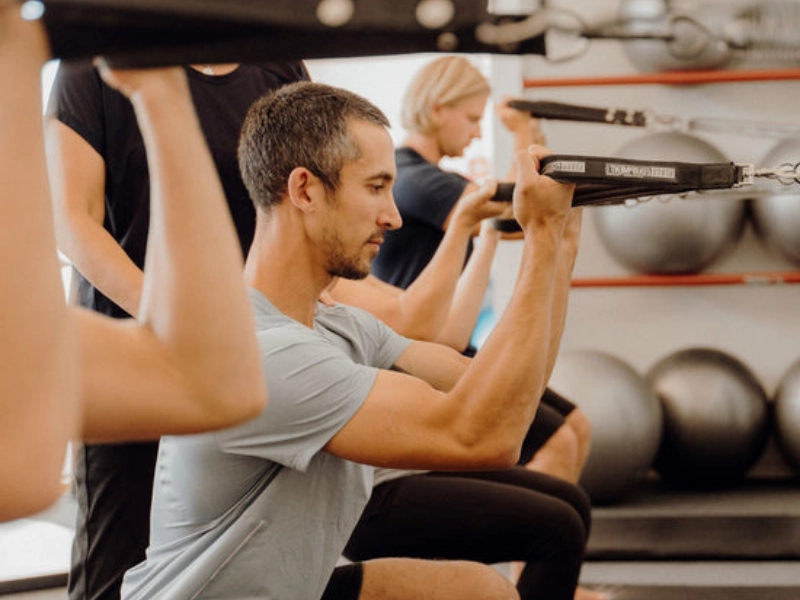 For every activity, Pilates teachers frequently give precise breathing instructions that enhance safety, assist the movement, and make optimal muscle activation easier. The STOTT PILATES approach places a strong emphasis on lateral breathing, which creates a 3D overall breath pattern that enhances spinal stability. It entails expanding the ribcage outward and to the sides during inhalation and then gently clenching the abdominal muscles on exhalation.
Kim loves to clarify that you can actually make Pilates feel simpler and more productive by including breathwork into your lessons. "You can unlock a whole new level of clarity and energy when you focus on the mechanics of your work instead of your mind. It's easy to get hung up on whether you're doing something right or wrong," the speaker says.
For instance, it's very uncommon for students to rely too much on momentum and lose control of their core muscles when rolling back in Hundred's. But as you learn how to breathe correctly, your obliques contract harder to support your spine and stabilise your trunk.
For every activity, Pilates teachers frequently give precise breathing instructions that enhance safety, assist the movement, and make optimal muscle activation easier. The STOTT PILATES approach places a strong emphasis on lateral breathing, which creates a 3D overall breath pattern that enhances spinal stability. It entails expanding the ribcage outward and to the sides during inhalation and then gently clenching the abdominal muscles on exhalation.
Kim loves to clarify that you can actually make Pilates feel simpler and more productive by including breathwork into your lessons. "You can unlock a whole new level of clarity and energy when you focus on the mechanics of your work instead of your mind. It's easy to get hung up on whether you're doing something right or wrong," the speaker says.
For instance, it's very uncommon for students to rely too much on momentum and lose control of their core muscles when rolling back in Hundred's. But as you learn how to breathe correctly, your obliques contract harder to support your spine and stabilise your trunk.
3. Pay attention to your posture.
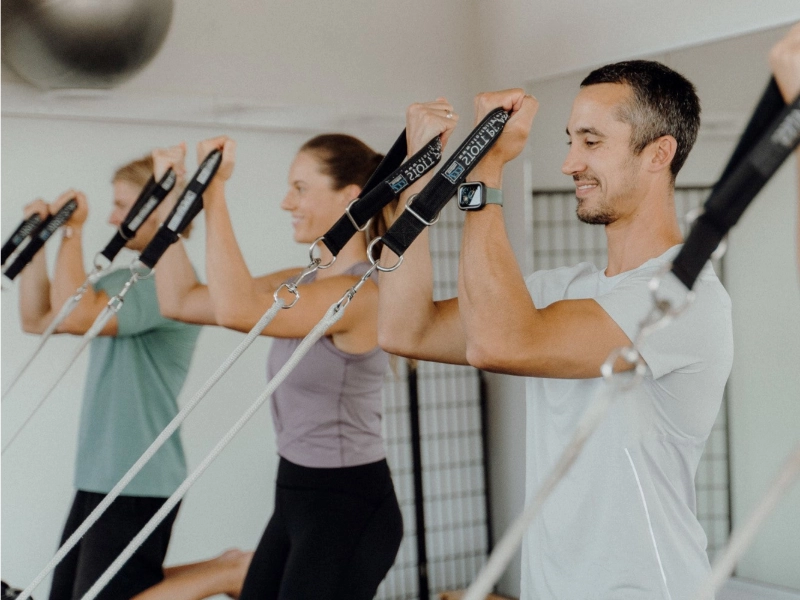 The way you hold yourself when standing, sitting, or lying down is known as your posture. To increase your stability and balance throughout the day, it's critical to pay attention to your posture. For example, try adjusting your setup or moving to an ergonomically suitable position if you often slouch when using your laptop or staring at your phone.
Working on stability and balance with standing Pilates exercises is one of the finest methods to improve your fitness. You must use every muscle in your body to maintain balance and control when you shift your weight from one leg to the other during these exercises.
It's a good idea to see a physician or physical therapist before starting a new fitness regimen if you're new to Pilates, particularly if you have a history of injuries or other health issues. When you're prepared, though, these easy-to-do workouts will help you become more balanced and build a stronger base to support your body as you age.
The way you hold yourself when standing, sitting, or lying down is known as your posture. To increase your stability and balance throughout the day, it's critical to pay attention to your posture. For example, try adjusting your setup or moving to an ergonomically suitable position if you often slouch when using your laptop or staring at your phone.
Working on stability and balance with standing Pilates exercises is one of the finest methods to improve your fitness. You must use every muscle in your body to maintain balance and control when you shift your weight from one leg to the other during these exercises.
It's a good idea to see a physician or physical therapist before starting a new fitness regimen if you're new to Pilates, particularly if you have a history of injuries or other health issues. When you're prepared, though, these easy-to-do workouts will help you become more balanced and build a stronger base to support your body as you age.
4. Make your core stronger.
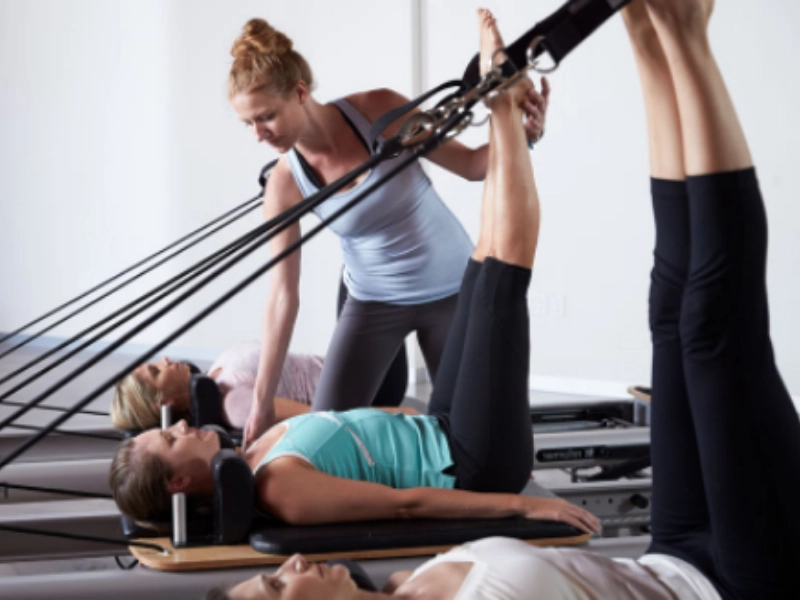 Improving balance requires strengthening your core, which is made up of the muscles that surround your trunk and include your rectus abdominis and internal and external obliques. Every time you move, bend, twist, or carry something, these muscles are triggered. Additionally, reaching, gripping, walking, and even breathing all depend on a strong core.
Fortunately, you can start strengthening your core at any age and enjoy the advantages for the rest of your life, even if you're in your 40s or 50s. It's simple to include core stability exercises in both your daily activities and your training routine.
Try this easy-to-do yet powerful exercise: While lying on your back with your legs extended and your knees bent 90 degrees, press with your hands and feet into a stability ball. To make the line from head to heels more straight, contract your core muscles and pull your navel inside towards your spine. 8–10 times on each side, repeat.
Improving balance requires strengthening your core, which is made up of the muscles that surround your trunk and include your rectus abdominis and internal and external obliques. Every time you move, bend, twist, or carry something, these muscles are triggered. Additionally, reaching, gripping, walking, and even breathing all depend on a strong core.
Fortunately, you can start strengthening your core at any age and enjoy the advantages for the rest of your life, even if you're in your 40s or 50s. It's simple to include core stability exercises in both your daily activities and your training routine.
Try this easy-to-do yet powerful exercise: While lying on your back with your legs extended and your knees bent 90 degrees, press with your hands and feet into a stability ball. To make the line from head to heels more straight, contract your core muscles and pull your navel inside towards your spine. 8–10 times on each side, repeat.



